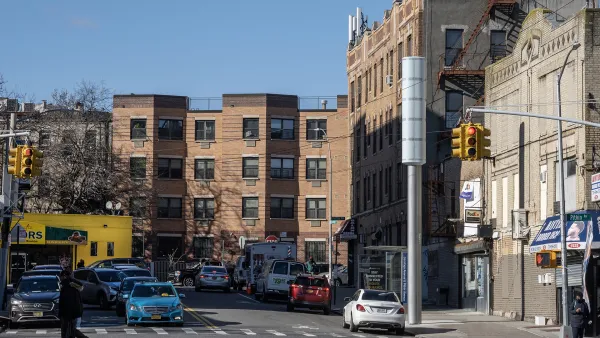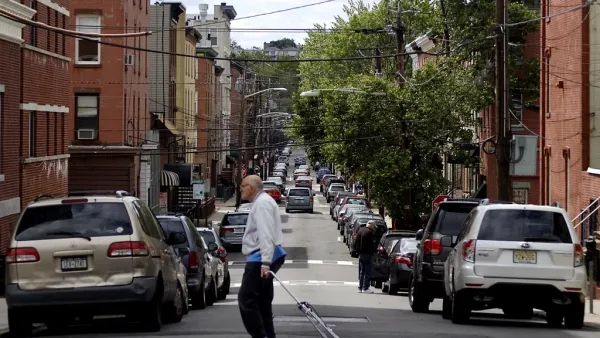Pete Swabey tells the tale of the development of smart city technology by IBM and Cisco, which has now reached a point of maturation in which significant lessons, economic opportunities, and future applications can be discerned.
In only seven years since its initial seed investment, by the Clinton Foundation, smart city technology – "the use of networks, sensors and analytics to make cities more efficient, productive and habitable" - has begun to affect the ways in which cities operate, evidenced by a profile piece by Natasha Singer, in the The New York Times, on Rio's citywide system (developed by IBM) integrating data from some 30 agencies.
While Swabey recounts the larger strategies guiding the tech giants in their quest to corner the expected $57 billion global market to supply cities with "smart" systems by 2014, Singer focuses narrowly on the Rio initiative, IBM's pioneer project and world's most fully integrated smart city application.
Rio's challenges (poverty, sprawl, crime) and opportunities (host to the 2014 World Cup and 2016 Olympics), provides a unique crucible in which to develop and test such technology. Singer describes the system's foundation in IBM's incorporation of hardware, software, analytics and research, and the development of a virtual operations interface. Singer also looks at the system's performance in responding to recent crises such as a 20-story office building collapse.
The Integrated Operations Centre software that IBM developed for the Rio project is now a commercially available product and Zhenjiang, a city of about three million people in eastern China, has already bought the new system to manage public transportation, reports Singer.
FULL STORY: IBM, Cisco and the business of smart cities

National Parks Layoffs Will Cause Communities to Lose Billions
Thousands of essential park workers were laid off this week, just before the busy spring break season.

Retro-silient?: America’s First “Eco-burb,” The Woodlands Turns 50
A master-planned community north of Houston offers lessons on green infrastructure and resilient design, but falls short of its founder’s lofty affordability and walkability goals.

Delivering for America Plan Will Downgrade Mail Service in at Least 49.5 Percent of Zip Codes
Republican and Democrat lawmakers criticize the plan for its disproportionate negative impact on rural communities.

Test News Post 1
This is a summary

Test News Headline 46
Test for the image on the front page.

Balancing Bombs and Butterflies: How the National Guard Protects a Rare Species
The National Guard at Fort Indiantown Gap uses GIS technology and land management strategies to balance military training with conservation efforts, ensuring the survival of the rare eastern regal fritillary butterfly.
Urban Design for Planners 1: Software Tools
This six-course series explores essential urban design concepts using open source software and equips planners with the tools they need to participate fully in the urban design process.
Planning for Universal Design
Learn the tools for implementing Universal Design in planning regulations.
EMC Planning Group, Inc.
Planetizen
Planetizen
Mpact (formerly Rail~Volution)
Great Falls Development Authority, Inc.
HUDs Office of Policy Development and Research
NYU Wagner Graduate School of Public Service




























